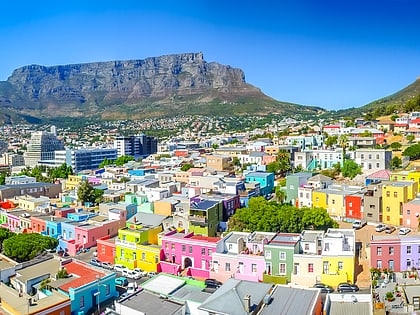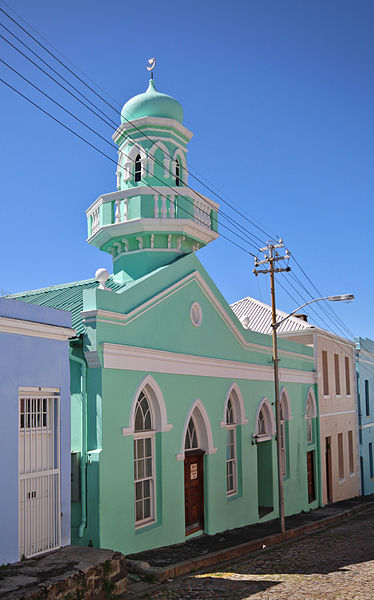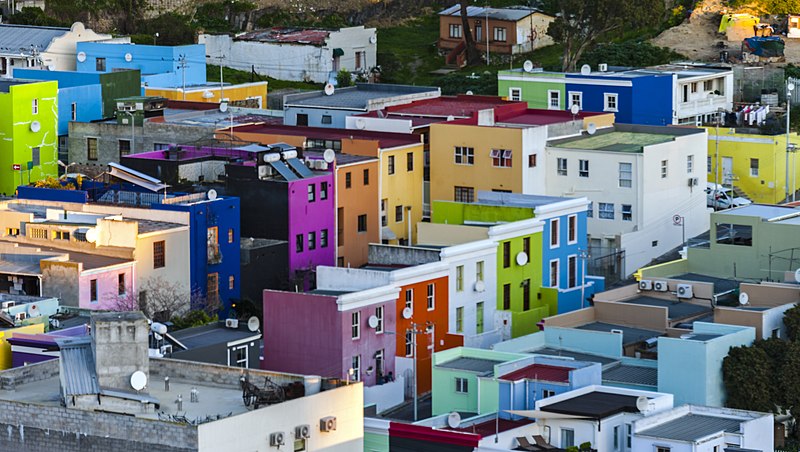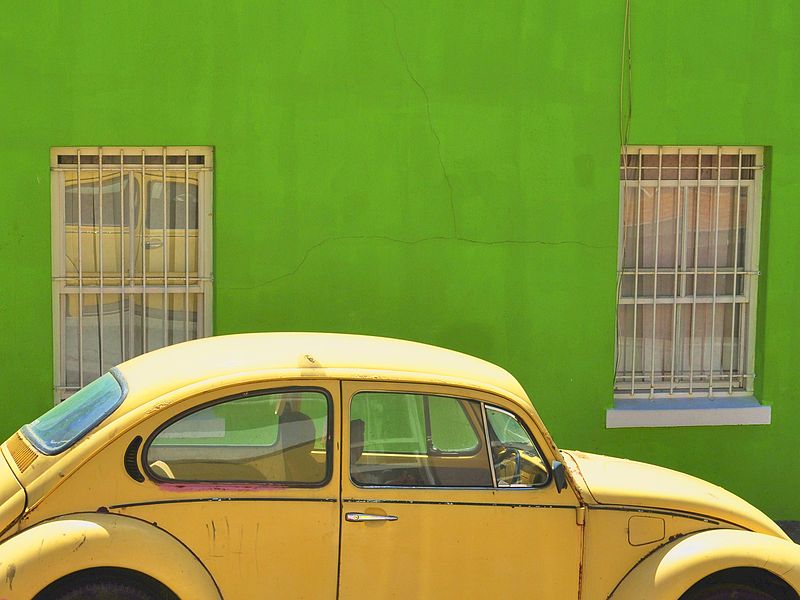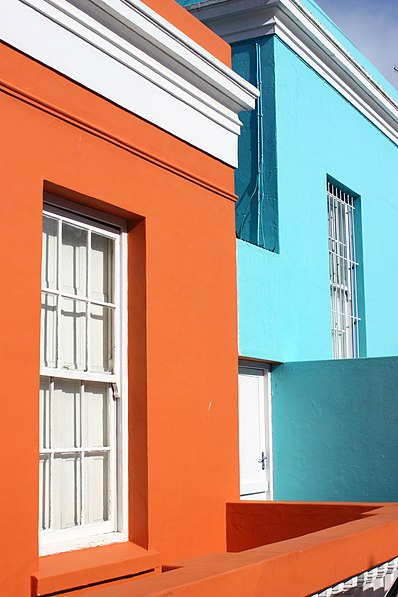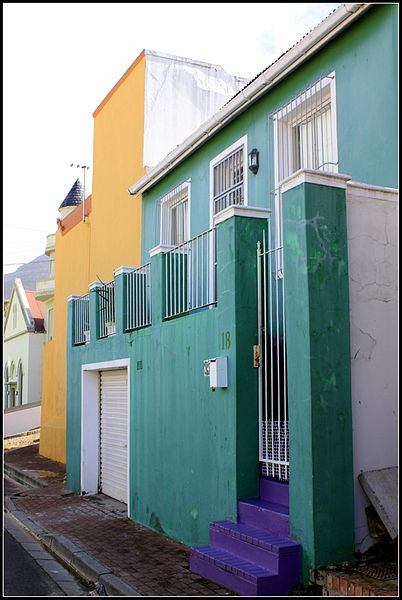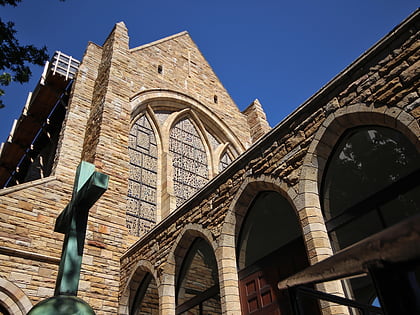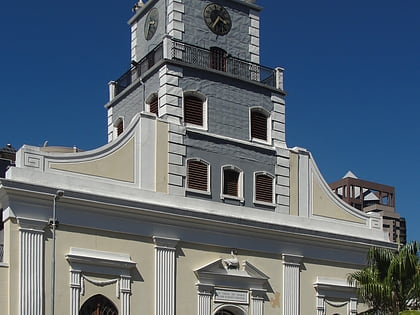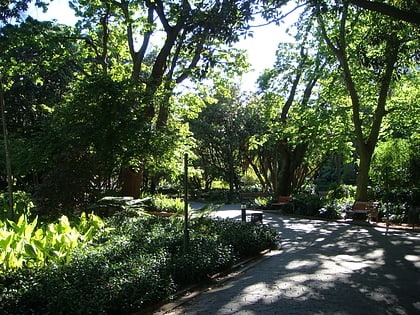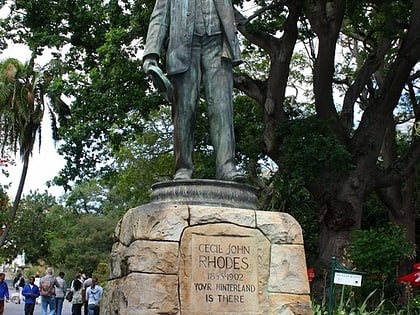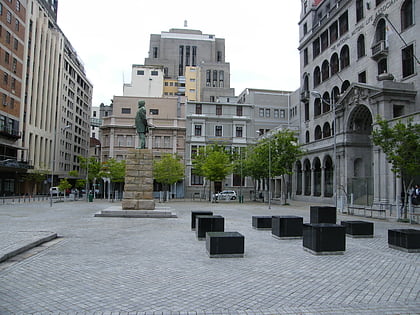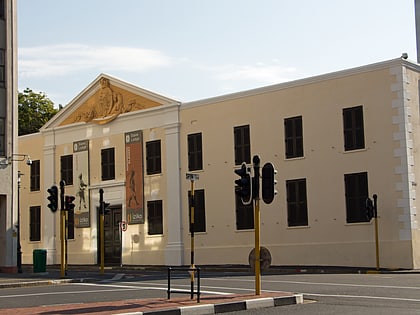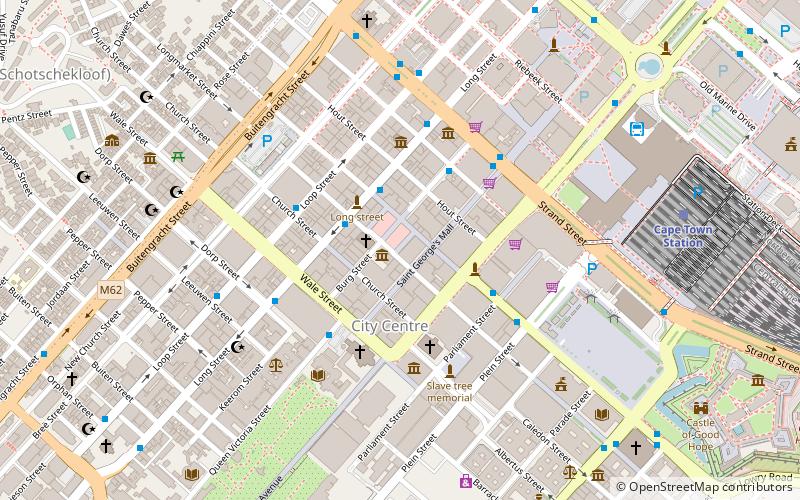Bo-Kaap, Cape Town
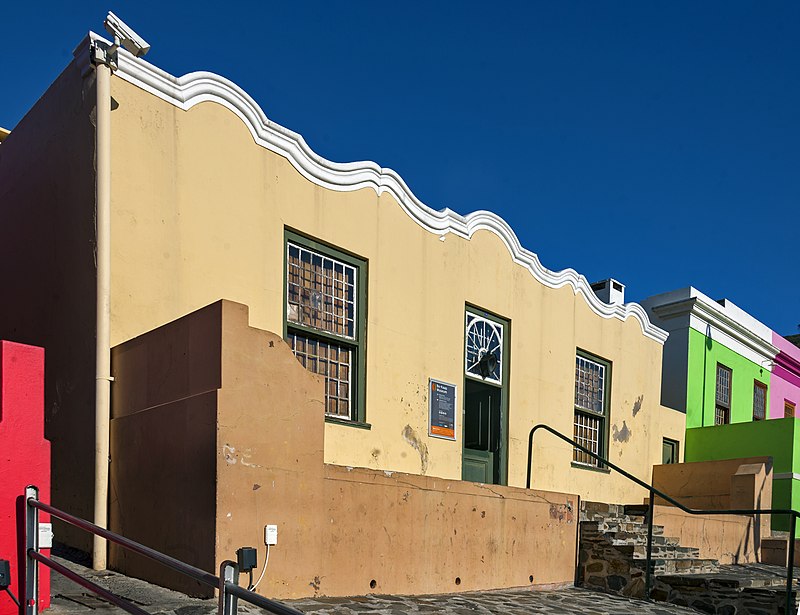
Facts and practical information
Nestled at the foot of Signal Hill in Cape Town, South Africa, the Bo-Kaap is a vibrant and historic area renowned for its colorful homes and cobbled streets. This iconic neighborhood, also known as the Malay Quarter, is a living museum reflecting the rich cultural heritage of its residents, many of whom are descendants of slaves from Southeast Asia and various African countries brought here by the Dutch in the 16th and 17th centuries.
Bo-Kaap's distinct architecture and brightly painted houses are not just a feast for the eyes but also tell a story of a community that has thrived against the backdrop of colonialism and apartheid. The area is characterized by its unique Cape Dutch and Cape Georgian architectural styles, with some houses dating back to the 1760s.
At the heart of Bo-Kaap, the Bo-Kaap Museum stands as a testament to the area's historical and cultural significance. The museum is housed in a restored building dating from the 1760s and is the oldest in the area. It offers visitors a glimpse into the life of a typical Malay family in the 19th century, showcasing traditional furnishings, artifacts, and exhibits that narrate the history of the Cape Malay community.
The museum not only preserves the material culture of this unique community but also serves as a focal point for the celebration of its traditions, including the Cape Malay cuisine known for its aromatic spices and flavors. Visitors to Bo-Kaap can indulge in a culinary adventure by trying local dishes such as bobotie, koeksisters, and samosas from the neighborhood's many eateries and street vendors.
Bo-Kaap is also a place of spiritual significance, with several mosques that dot the landscape, including the first established mosque in South Africa, the Auwal Mosque. The call to prayer can be heard resonating through the streets, adding to the area's rich tapestry of sensory experiences.
The neighborhood's cultural landscape is marked by the annual Cape Malay Choir Parade and the celebration of the Islamic New Year, which showcases the community's musical and artistic traditions.
Open to tourists throughout the year, Bo-Kaap offers a colorful and historic journey through Cape Town's multicultural past and present. Visitors can explore the neighborhood on foot, join guided walking tours, or participate in cooking classes to learn more about the Cape Malay culinary arts.
Bo-Kaap – popular in the area (distance from the attraction)
Nearby attractions include: Long Street, St. George's Cathedral, Lutheran Church in Strand Street, Company's Garden.
Frequently Asked Questions (FAQ)
Which popular attractions are close to Bo-Kaap?
How to get to Bo-Kaap by public transport?
Bus
- Leeuwen • Lines: 101 (6 min walk)
- Church • Lines: 101 (7 min walk)
Train
- Cape Town (19 min walk)
